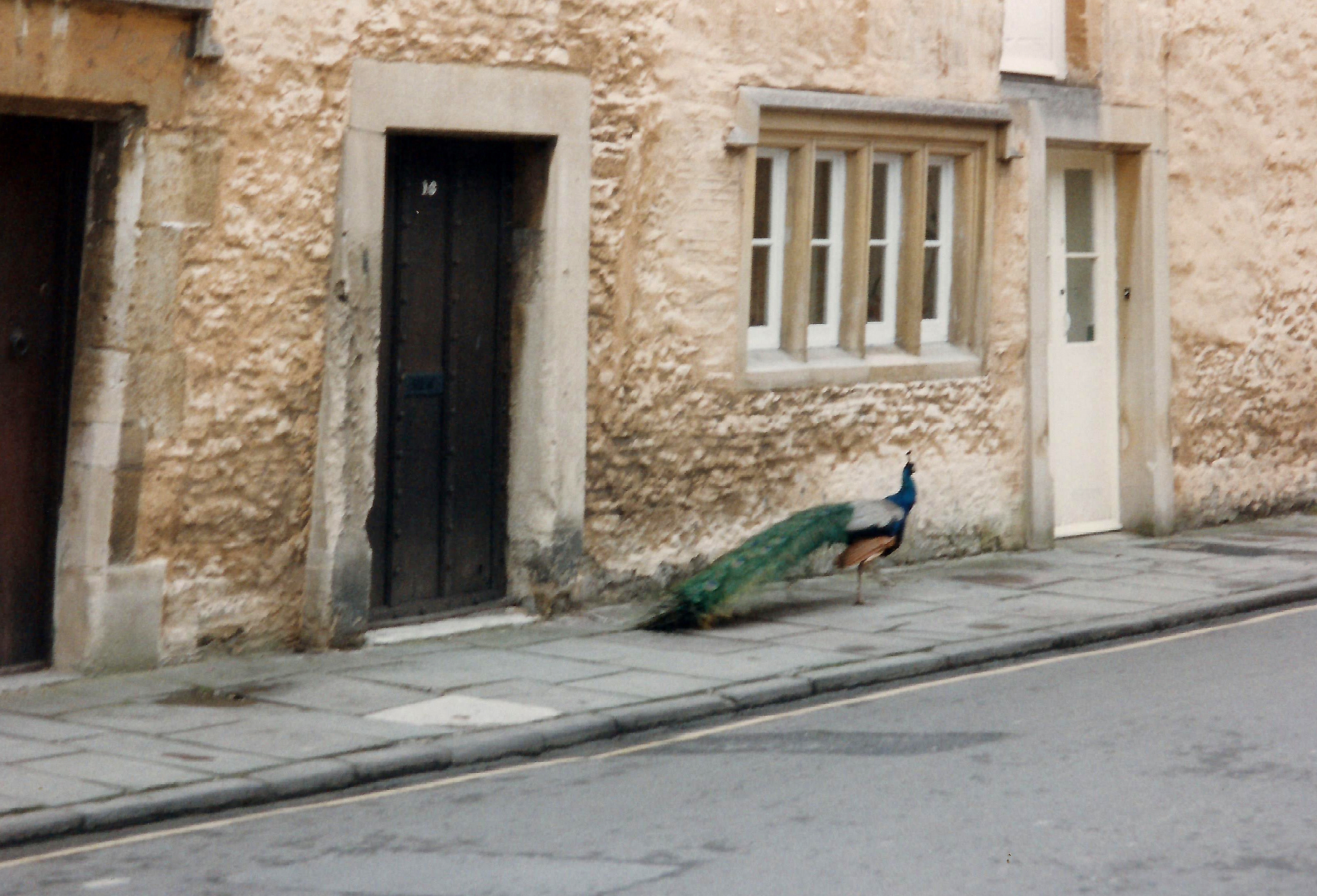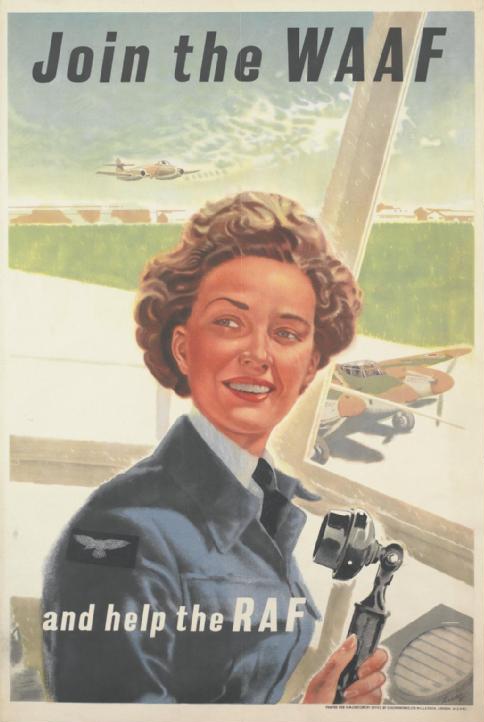|
RAF Rudloe Manor
RAF Rudloe Manor, formerly RAF Box, was a Royal Air Force station located north-east of Bath, England, between the settlements of Box and Corsham, in Wiltshire. It was one of several military installations situated in the area and covered three dispersed sites. The sites are now used by Defence Digital. History The station was established on top of quarries from which Bath Stone had been extracted. In the 1930s some of the tunnels had been converted for use as a Central Ammunition Depot. The vast caverns had some of space, divided into many smaller chambers. During the Second World War, the Operations Centre of No. 10 Group RAF was housed there in three buildings (Operations Room, Filter Room and Communications Centre), which were partially buried for protection, in a similar way to buildings for No. 9 Group at RAF Barton Hall, No. 11 Group RAF at RAF Uxbridge, No. 12 Group RAF at RAF Watnall, No. 13 Group RAF at RAF Newcastle and No. 14 Group RAF at Raigmore House in Inve ... [...More Info...] [...Related Items...] OR: [Wikipedia] [Google] [Baidu] |
Corsham
Corsham is a historic market town and civil parish in west Wiltshire, England. It is at the south-eastern edge of the Cotswolds, just off the A4 national route, southwest of Swindon, southeast of Bristol, northeast of Bath and southwest of Chippenham. Historically, Corsham was a centre for agriculture and later, the wool industry, and remains a focus for quarrying Bath Stone. It has several notable historic buildings; among them the stately home of Corsham Court. During the Second World War and the Cold War it became a major administrative and manufacturing centre for the Ministry of Defence, with numerous establishments both above ground and in disused quarry tunnels. The parish includes the villages of Gastard and Neston, which is at the gates of the Neston Park estate. History Corsham appears to derive its name from ''Cosa's hām'', "ham" being Old English for homestead, or village. The town is referred in the Domesday book as ''Cosseham''; the letter 'R' appears t ... [...More Info...] [...Related Items...] OR: [Wikipedia] [Google] [Baidu] |
Women's Auxiliary Air Force
The Women's Auxiliary Air Force (WAAF), whose members were referred to as WAAFs (), was the female auxiliary of the Royal Air Force during World War II. Established in 1939, WAAF numbers exceeded 180,000 at its peak strength in 1943, with over 2,000 women enlisting per week. History A Women's Royal Air Force had existed from 1918 to 1920. The WAAF was created on 28 June 1939, absorbing the forty-eight RAF companies of the Auxiliary Territorial Service which had existed since 1938. Conscription of women did not begin until 1941. It only applied to those between 20 and 30 years of age and they had the choice of the auxiliary services or factory work. Women recruited into the WAAF were given basic training at one of five sites, though not all of the sites ran training simultaneously. The five sites were at West Drayton, Harrogate, Bridgnorth, Innsworth and Wilmslow. All WAAF basic recruit training was located at Wilmslow from 1943. WAAFs did not serve as aircrew. The use of women ... [...More Info...] [...Related Items...] OR: [Wikipedia] [Google] [Baidu] |
United Kingdom Warning And Monitoring Organisation
The United Kingdom Warning and Monitoring Organisation (UKWMO) was a British civilian organisation operating to provide UK military and civilian authorities with data on nuclear explosions and forecasts of fallout across the country in the event of nuclear war. The UKWMO was established in 1957 and funded by the Home Office and used its own premises which were mainly staffed by Royal Observer Corps (ROC) uniformed full-time and volunteer personnel as the fieldforce. The ROC was administered by the Ministry of Defence but mainly funded by the Home Office. The only time the combined organisations were on high alert in the Cold War was during Cuban Missile Crisis in October and November 1962. The organisation was wound up and disbanded in November 1992 following a review prompted by the government's Options for Change report. Its emblem-of-arms was a pair of classic hunting horns crossing each other, pointed upwards, with the enscrolled motto "Sound An Alarm", a title also used fo ... [...More Info...] [...Related Items...] OR: [Wikipedia] [Google] [Baidu] |
Lansdown, Bath
Lansdown is a suburb of the World Heritage City of Bath, England, that extends northwards from the city centre up a road of the same name. Among its most distinctive architectural features are Lansdown Crescent and Sion Hill Place, which includes a campus of Bath Spa University. Beckford's Tower, an architectural folly built in neo-classical style for William Thomas Beckford in 1827, stands on high ground at the northern edge of the suburb, overlooking Lansdown Cemetery. Lansdown Hill Lansdown Road climbs north-west through the suburb and continues into open land in Charlcombe parish, past a park-and-ride facility and playing fields to the Lansdown Hill area. Here (outside the city boundary) are Lansdown hamlet, Bath Racecourse, and Lansdown Golf Course. The Battle of Lansdowne (1643) was fought in the vicinity and is commemorated by Sir Bevil Grenville's Monument (1720) on Lansdown Hill. Cricket club Lansdown Cricket Club, founded in 1825 and the oldest club in Somerse ... [...More Info...] [...Related Items...] OR: [Wikipedia] [Google] [Baidu] |

